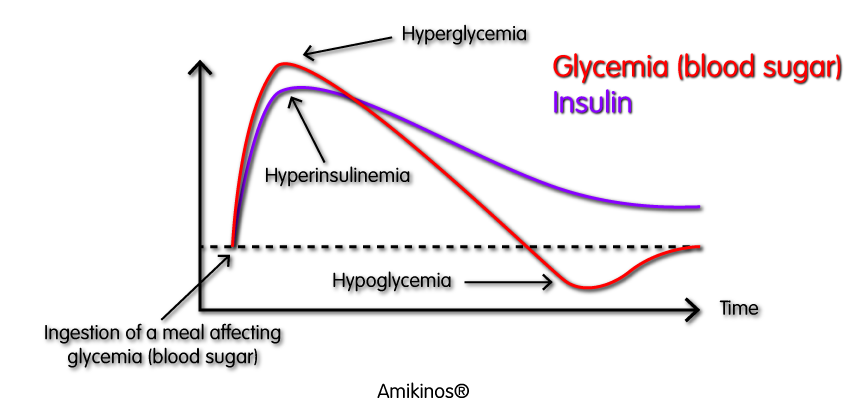We believe that in order for dogs and cats to be as healthy as possible, their diet must be biologically appropriate to their carnivorous physiology.
« We wouldn’t find logical to feed herbivores with meat, so why feed carnivorous dogs and cats with very little meat and a lot of plants… At humidity equivalent to a kibble, a carnivore’s prey contains more 50% animal protein. However, the majority of kibbles available for dogs and cats have protein levels well below this. » Pierre Maupilier, Amikinos co manager.
In order to appropriately meet the nutritional needs of dogs and cats, we believe that it is logically necessary to have a diet rich in animal (and not vegetable) protein and very low in carbohydrates. Carbohydrates come from plants. Here are some examples of sources of carbohydrates that can be found in dog and cat food :
- Cereals (wheat, corn, oats, millet, rice…etc.)
- Vegetables (cabbage, beans, zucchini, carrots, etc.)
- Legumes (lentils, peas, chickpeas, soy…etc.)
- Potato
- Sweet potato
- Tapioca
- Fruits (apples, pears, etc.)
- Sugar
Assimilable carbohydrates can be qualified as “sugars” in the broad sense because they represent, in a simplified way, the addition of simple sugars and complex sugars (starch):
Assimilable carbohydrates = Simple sugars + complex sugars (starch)
Consequences of a diet too rich in assimilable carbohydrates (not biologically appropriate):
In a simplified way, when a dog or cat eats carbohydrates, these will end up in the form of glucose in the blood. But too many carbohydrates will have the effect of bringing too much glucose into the blood: This is called hyperglycemia. However, hyperglycaemia damages not only the cardiovascular system, but also the organs. To lower the high blood sugar level, a hormone is then produced by the pancreas. This hormone is called insulin.

Insulin will then temporarily induce an “emergency metabolism” to lower blood sugar as quickly as possible. The problem is that by feeding a dog or cat a diet that is too high in carbohydrates, this “emergency metabolism” is no longer temporary but becomes permanent:

However, this emergency metabolism set up by insulin should not be permanent. This is why we believe it is important to have a diet high in animal protein and very low in carbohydrates that will be biologically appropriate for dogs and cats as carnivores. A diet high in animal protein and very low in carbohydrates suitable for carnivores will not have this effect on blood sugar and insulin.

